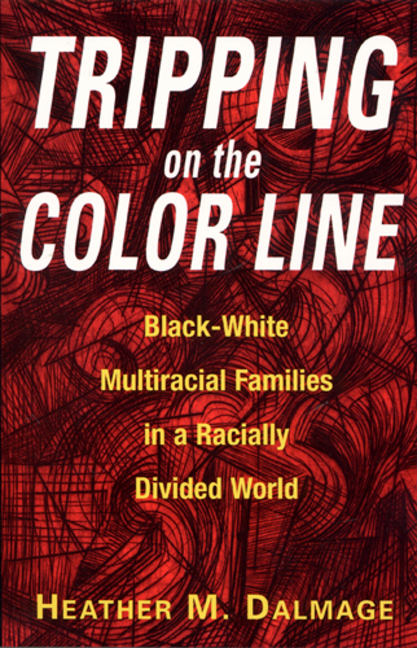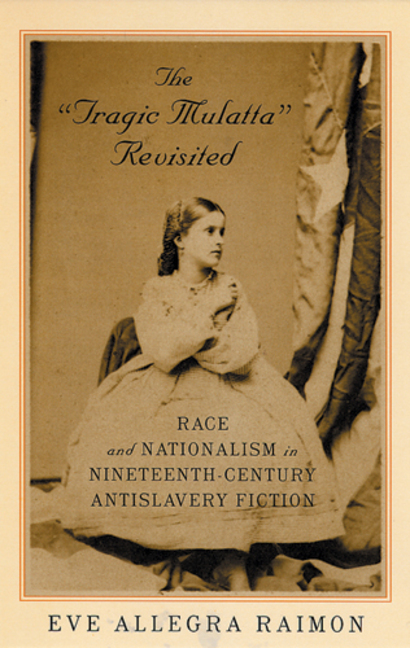Tripping on the Color Line: Black-White Multiracial Families in a Racially Divided WorldPosted in Books, Census/Demographics, Family/Parenting, Media Archive, Monographs, Social Science, United States on 2009-11-03 22:10Z by Steven |
Tripping on the Color Line: Black-White Multiracial Families in a Racially Divided World
Rutgers University Press
October 2000
192 pages
Cloth ISBN: 0-8135-2843-7
Paper ISBN: 0-8135-2844-5
Heather M. Dalmage, Professor of Sociology and Director
Mansfield Institute for Social Justice
Roosevelt University
A sociological analysis of the experiences and challenges faced by black-white multiracial families
At the beginning of the twentieth century, W. E. B. Du Bois predicted that the central problem facing the United States in the new century would be that of the “color line.” Now, with another century upon us, many people are found straddling the color line. They come from the growing number of multiracial families in America, families seeking their places in a racially polarized society.
In interviews with individuals from black/white multiracial families, Heather M. Dalmage examines the challenges they face and explores how their experiences demonstrate the need for rethinking race in America. She examines the lived reality of race in the ways multiracial families construct their identities and sense of community and politics. The lack of language to describe multiracial experiences, along with the methods of negotiating racial ambiguity in a racially divided, racist society are central themes of Tripping on the Color Line. By connecting her interviewees stories to specific issues, such as census categories, transracial adoption, and intermarriage, Dalmage raises the debate to a broad discussion of the idea of race and its impact on social justice.





